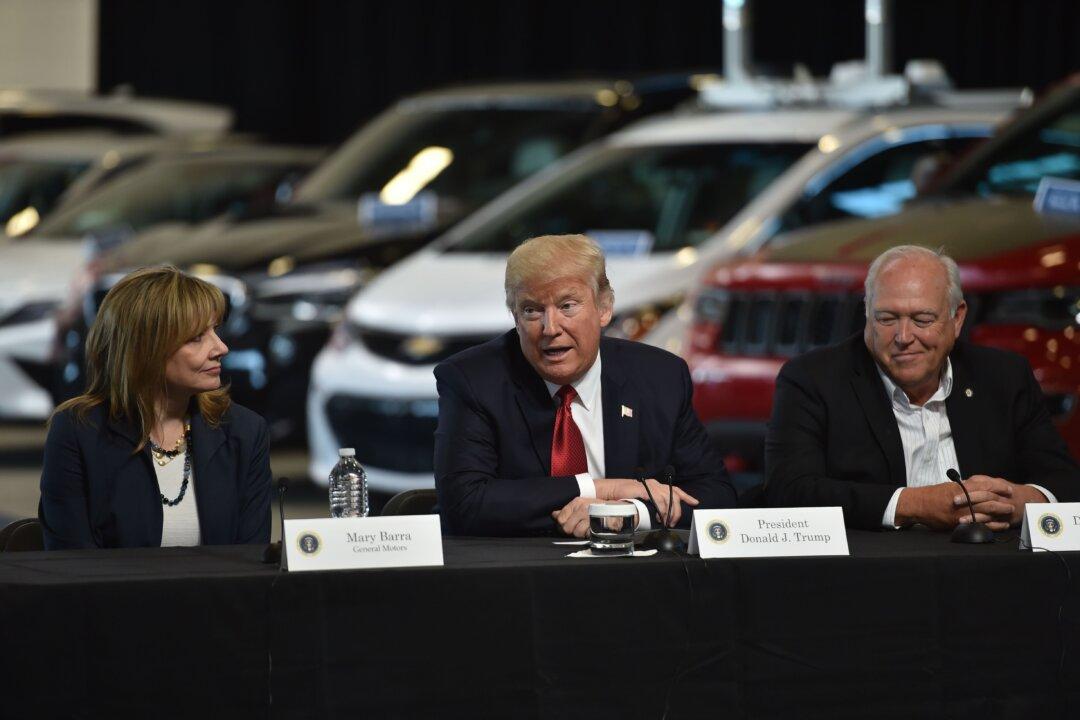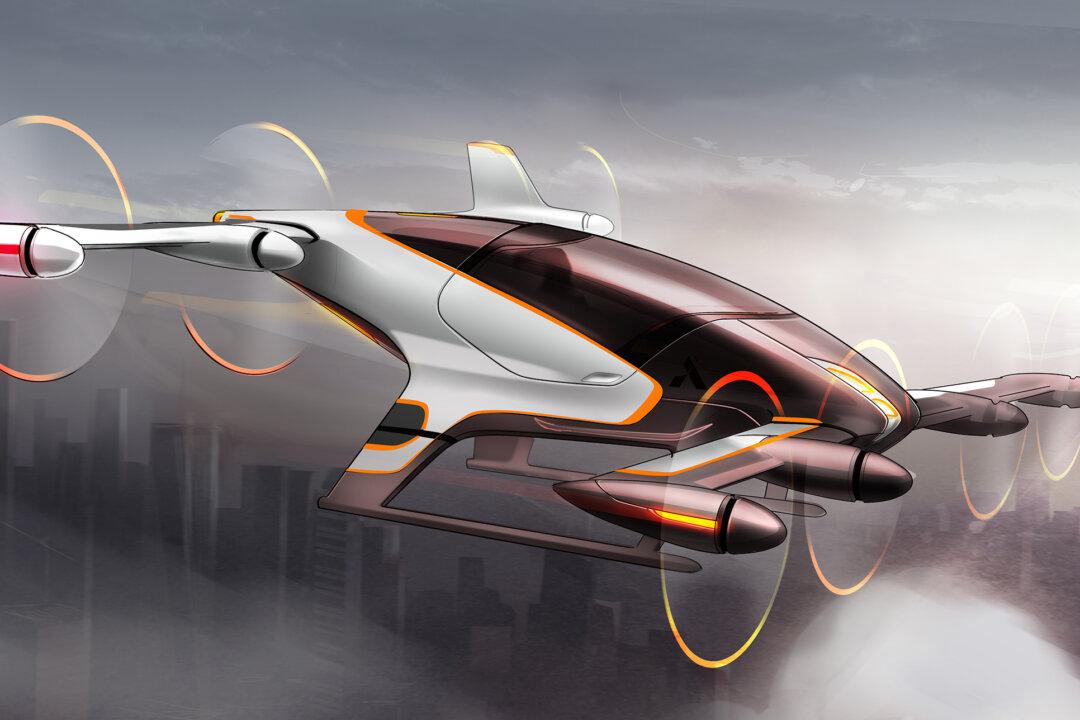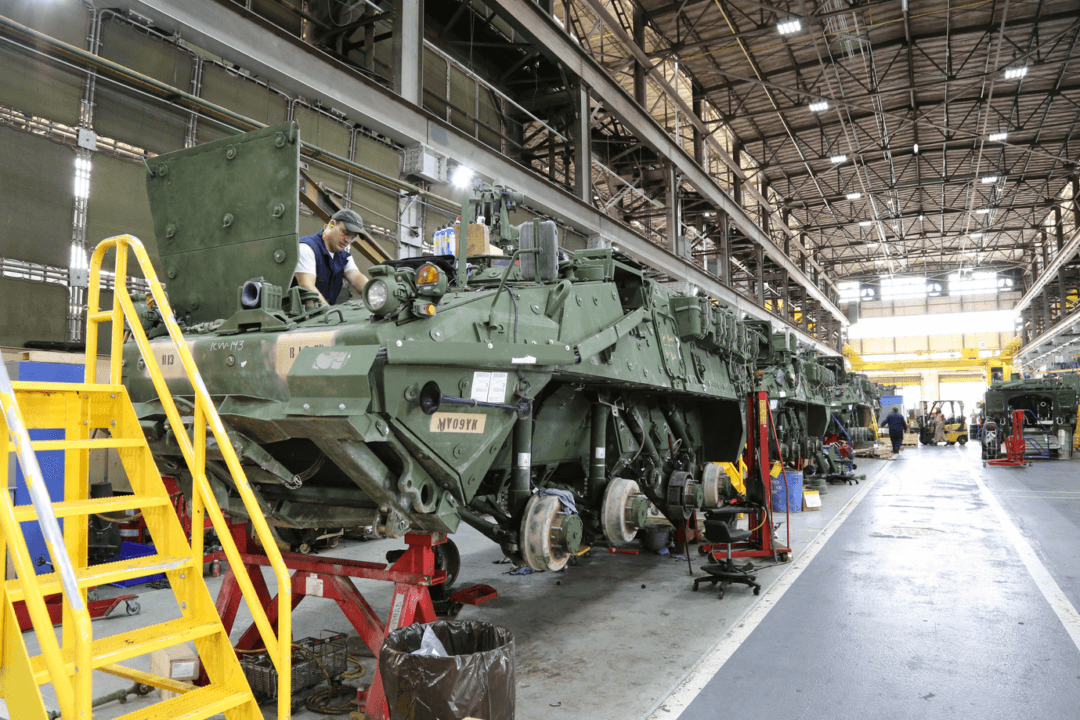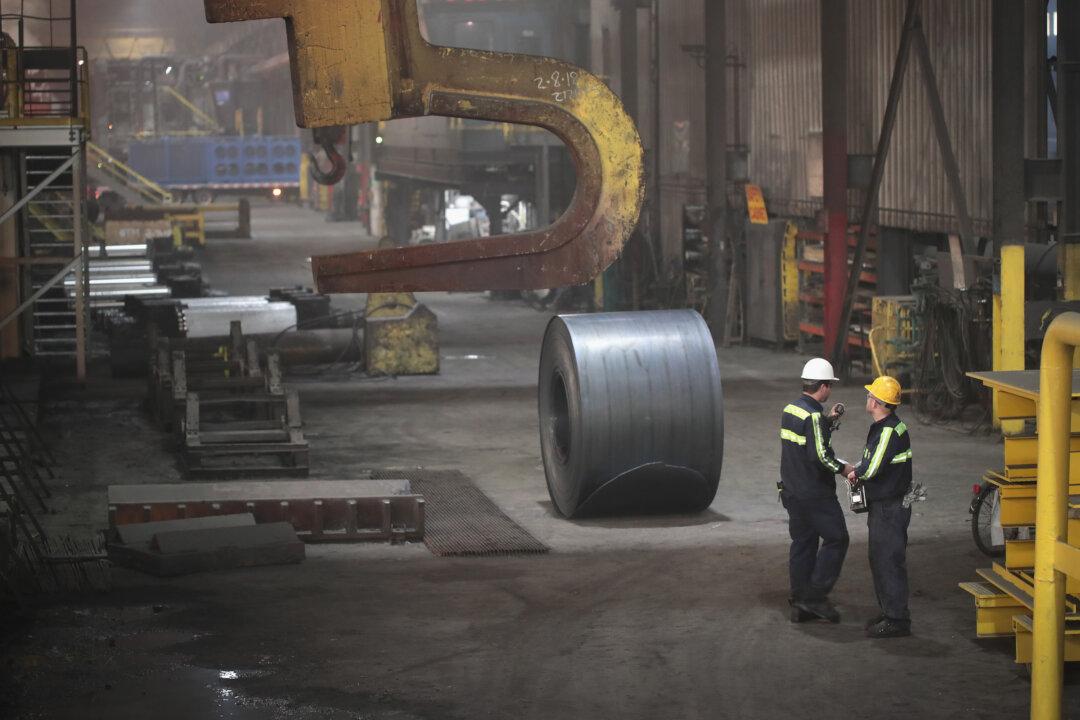Trade warfare is just a tiny part of industrial warfare. In physical terms, it is the scream before the fight. There is a lot more to industrial warfare than meets the eye.
The West needs to understand that to fight China in an industrial war, you had better know what you are doing. This is a completely different opponent altogether. There are no Queensberry rules here. That means no gloves, no referee to stop the fight, no throwing in the towel, and no medical staff to tend to your wounds.
The aim of industrial warfare is not to win according to a set of rules, or to win a game of some kind. It is designed specifically for one thing: to put the opponent out of business. And it has been working very well for the last three decades that China has been using it—the effects of which have depleted American manufacturing, sapped natural resources out of Australia, and allowed the Chinese regime’s economic colonization of Latin America and Africa.
Industrial war is the fight for manufacturing, and this extends to the fight for natural resources, shipping channels, intellectual property, skilled employees, and a long list of other assets.
The United States is now entering this fight, after allowing the Chinese Communist Party (CCP) relatively free reign for decades. President Donald Trump may place $60 billion in tariffs on Chinese goods, and this may help establish a set of enforceable rules in this domain. But the CCP is unlikely to agree without testing the boundaries of the ring.
As the United States enters this field, it must first understand that in any conflict, the key is in preparation. Those who are more prepared, who have made more calculations, who understand the terrain that they are engaging, who understand the enemy, who understand the moves the enemy will make and counter with—who understand the nature of the battle—are the ones who have the better probability of being the winning side.
The key word here is “probability,” as things can be uncertain even when the battle may look as if it has been won. A single unlucky strike can render your entire effort useless.
In a kinetic war, the type most nations are used to fighting, the main weapon looks like a projectile: a bullet, missile, bomb, or arrow. During the war, you fire as many as you can against an opponent until you defeat their army, forcing them to yield to your terms of surrender.
In industrial warfare, the projectile looks like a transaction. The more transactions you make, the better your chances of winning the conflict.
Transactions Are Key
There are hundreds of attack and defense techniques in industrial warfare, with countless combinations for forming actions and responses. This creates massive potential to build complex strategies.
Yet, within all of these techniques, the most important objective in industrial warfare is based on one thing: transactions. And this is the objective that the Trump administration has taken head-on. The more transactions you have, the bigger your business. The fewer transactions you have, the smaller your business. This rule applies to anyone in business since most people are in business to make money. Nothing else.
A transaction is more complex than it immediately appears, however, and these apply to the seven methods of securing a transaction. These are price, delivery, quality, aftermarket, customers, shareholders, and employees.
When all of these seven elements of a transaction are firing on all cylinders, the business senses are sharp, and the machine that drives it is well-oiled, in tune, and ready for growth. After transactional growth has been achieved at home, the industrial war fighter will be looking for growth abroad—in other lands and among the economies of other nations. That’s when it becomes very serious.





